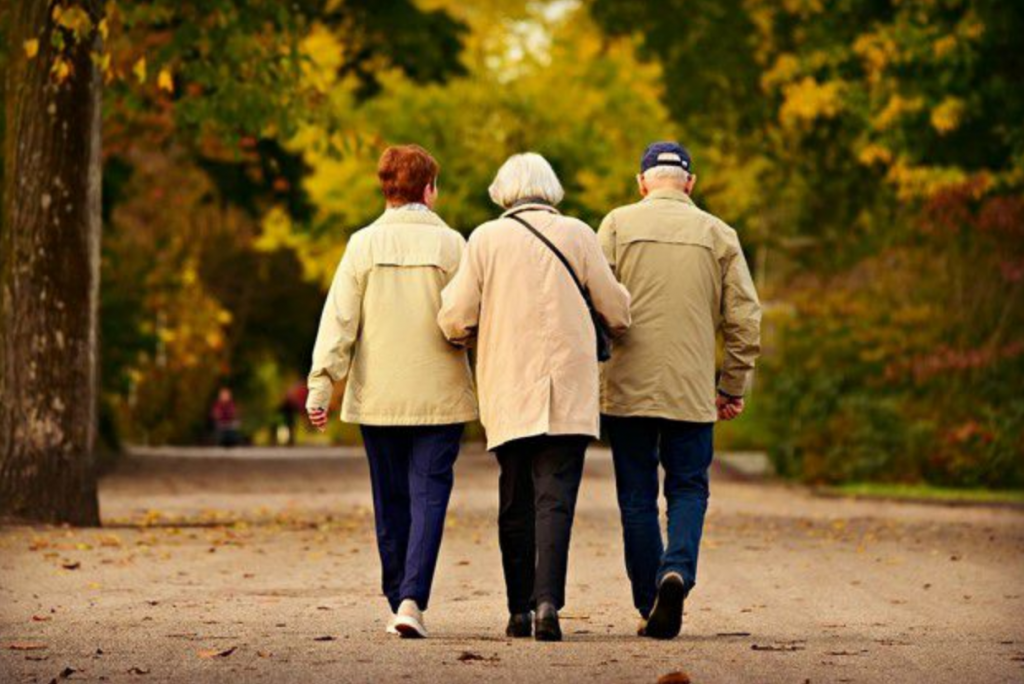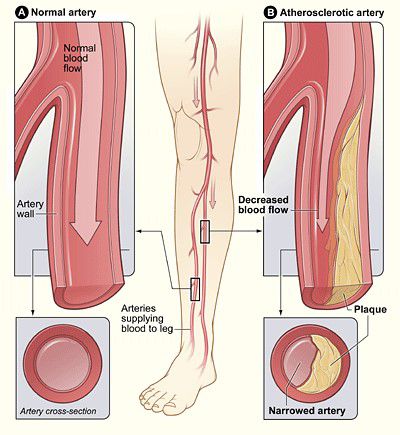Most people know someone who has had a leg blood clot in their deep veins. It is something that is more and more common with the type of lifestyle that has become the norm in the 21st century.
People are becoming more sedentary, becoming more obese, having more surgeries, and traveling long distances in cars and planes. All of these things increase your risk for having a blood clot. How do you know if you have one and that you just didn’t sleep wrong on your leg or pull a muscle?
It is not always easy to tell. The only sure way to diagnose a blood clot is to get an ultrasound in an accredited vascular ultrasound laboratory. DVTs or deep venous thrombosis are a dangerous occurrence because the blood clot can travel to the patient’s lungs and cause a PE or pulmonary embolus. This can sometimes be deadly.
Fortunately, most larger hospitals do have this specialized service, but most urgent care centers DO NOT. The ultrasound technologist, who performs the test, is critical to the diagnosis. the reality, however, is that if you have an ultrasound technologist who really spends most of their time looking at unborn babies, they may not have the expertise to interpret problems in blood flow in the veins. Especially when someone’s leg is swollen, the findings may be subtle, and require an expert technologist—one who has the additional credential RVT.
RVT stand for Registered Vascular Technologist. This signifies that the ultrasound tech has done special training, and has taken a difficult exam covering not only pictures on an ultrasound screen, but a lot of physics about flow rates and mechanics that are important in understanding the blood flow inside a patient’s arteries and veins.
The patient who is suspected to have a blood clot (DVT) is usually one who has a SUDDEN ONSET OF LEG PAIN AND CALF SWELLING. This may happen immediately after a long car or plane ride, or may occur a few days after their trip.
The swelling does not generally go away for a few days, though the pain often does. The classic sign taught in medical school is called “Homan’s Sign” which is when lifting the big toe of the affected leg causes pain in the back of the calf. It is actually present only about thirty percent of the time in DVT’s. If the blood clot is in a bigger vein in the thigh or pelvis, the entire leg can be painful or swollen.
In very severe cases, the leg will appear purple or even blanched. If the blood clot travels to the lungs and causes a pulmonary embolus, the patient complains of shortness of breath and chest pain. Sometimes the clot is so big it can cause severe strain on the heart. Some patients think they are having a heart attack, but one way to differentiate it is that the pain is worse when taking a breath in. In either case, seeking immediate medical attention in an emergency room is critical.

